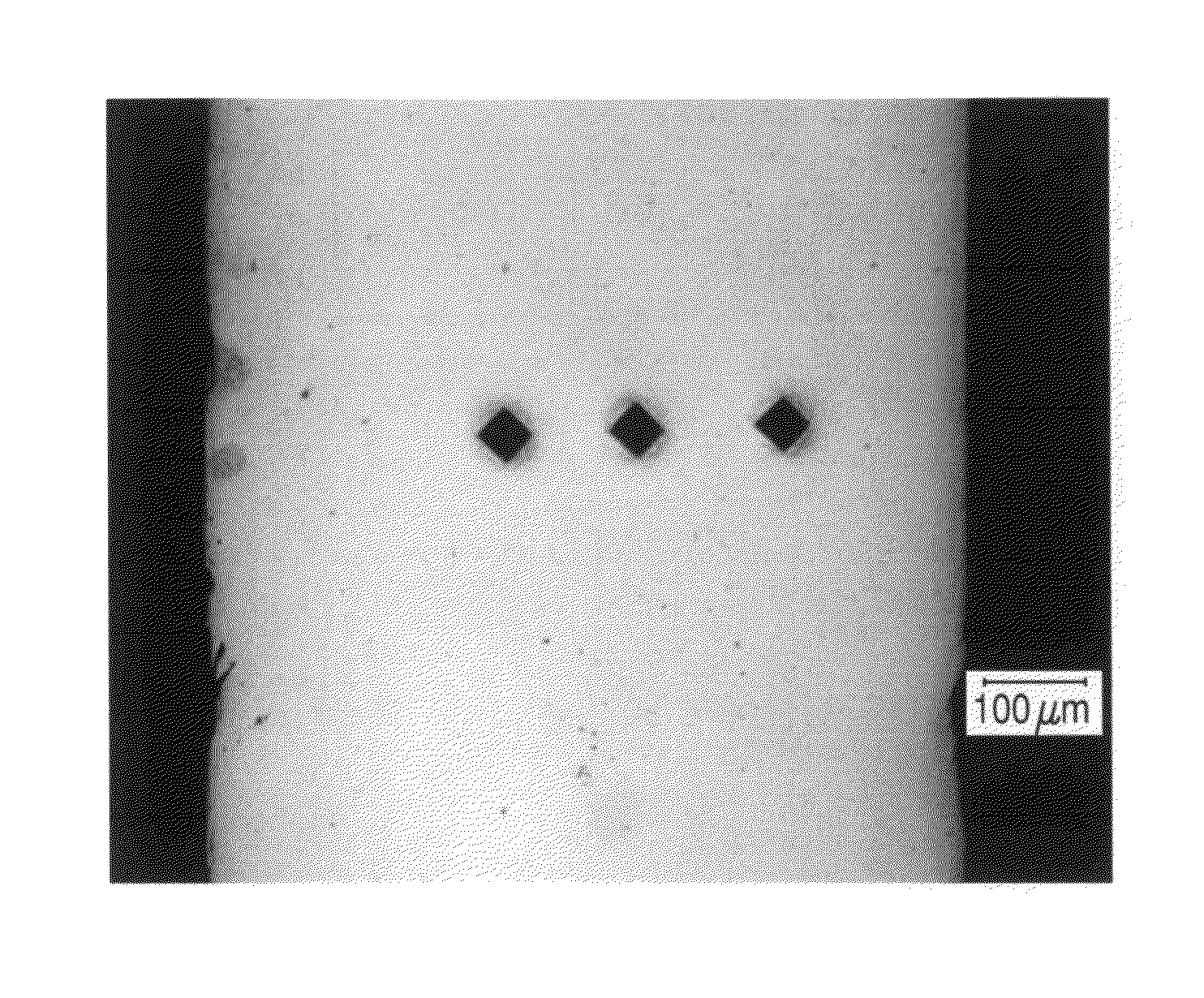In-vivo biodegradable medical implant
a biodegradable, medical implant technology, applied in the field of in-vivo biodegradable medical implants, can solve the problems of increasing the risk of infection, certain implants including stents cannot be removed at all, and damage to the body, so as to delay the access of bodily fluids, improve the dissolution rate, and improve the effect of lubricity and strength
- Summary
- Abstract
- Description
- Claims
- Application Information
AI Technical Summary
Benefits of technology
Problems solved by technology
Method used
Image
Examples
Embodiment Construction
[0114]This invention discloses biodegradable articles, coatings and metallic fillers containing at least partially fine-grained metallic layers and / or coatings.
[0115]Preferred embodiments comprise iron and / or zinc produced by DC or pulse electrodeposition or other suitable synthesis methods. Metallic materials comprising iron and / or zinc can be electrodeposited from aqueous electrolytes. In one preferred embodiment the metallic material comprises “electrolytic pure iron” with an iron content of >99.5% by weight. “Unavoidable impurities” include metals such as Mn, Si, Ni, Cr, Mo and Cu and the total metallic impurities represent less than 0.4% preferably less than 0.25% of the total weight. Non metallic impurities include C, S, P, Cl and O and the total non-metallic impurities represent less than 0.4% preferably less than 0.25% of the total weight. Alternatively, the metallic material comprises zinc, magnesium, or their alloys or other metals and alloys that are in-vivo degradable in...
PUM
| Property | Measurement | Unit |
|---|---|---|
| grain size | aaaaa | aaaaa |
| thickness | aaaaa | aaaaa |
| grain size | aaaaa | aaaaa |
Abstract
Description
Claims
Application Information
 Login to View More
Login to View More - R&D
- Intellectual Property
- Life Sciences
- Materials
- Tech Scout
- Unparalleled Data Quality
- Higher Quality Content
- 60% Fewer Hallucinations
Browse by: Latest US Patents, China's latest patents, Technical Efficacy Thesaurus, Application Domain, Technology Topic, Popular Technical Reports.
© 2025 PatSnap. All rights reserved.Legal|Privacy policy|Modern Slavery Act Transparency Statement|Sitemap|About US| Contact US: help@patsnap.com



